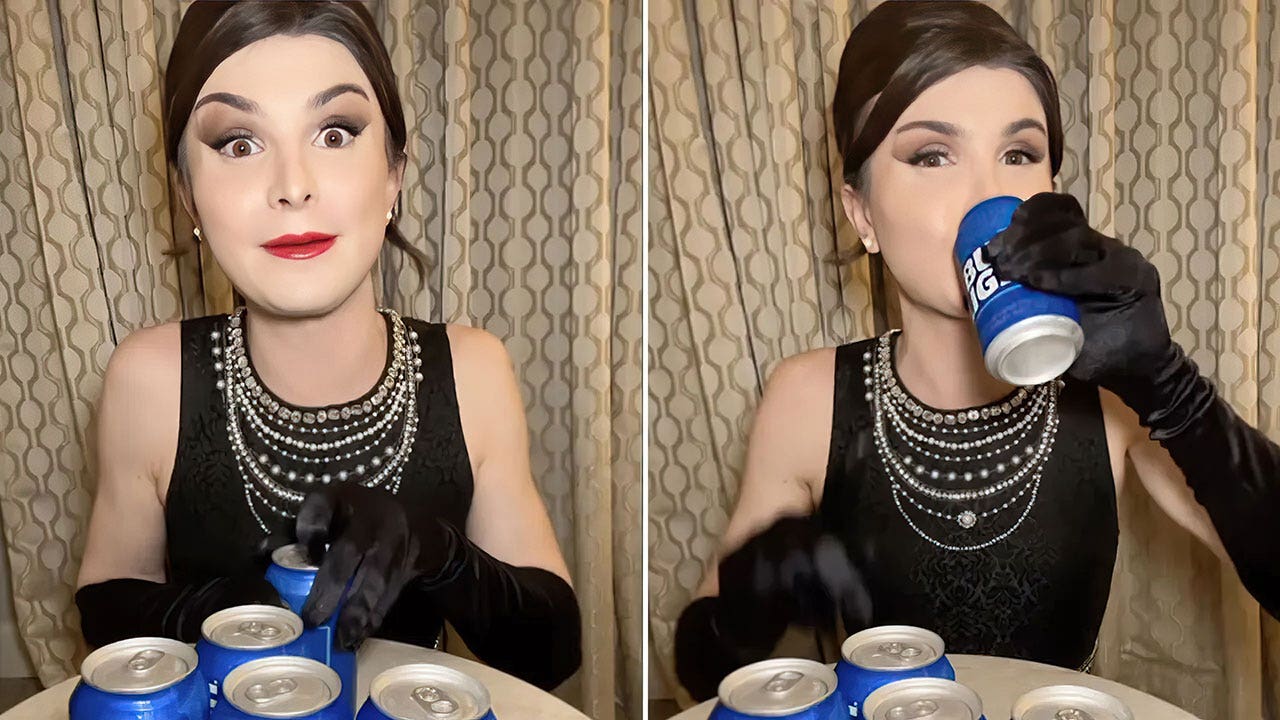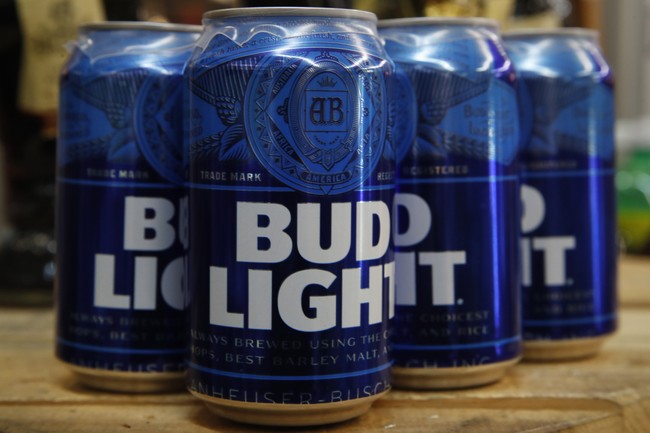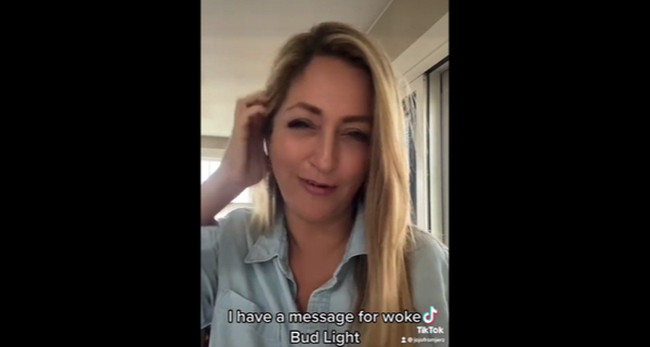Bud Light’s Not-So-‘Inclusive’ Marketing
In explaining her mandate as Bud Light’s VP of marketing last month, Alissa Heinerscheid made sure to hit all of the requisite buzzwords. “If we do not attract young drinkers to come and drink this brand,” Heinerscheid warned, “there will be no future for Bud Light.” “What I brought to that” endeavor, she continued, “was a belief in, okay, what does ‘evolve and elevate’ mean? It means inclusivity. It means shifting the tone. It means having a campaign that’s truly inclusive and feels lighter and brighter and different and appeals to women and to men.” “Representation,” Heinerscheid concluded, “is sort of the heart of evolution.”
As a non-native speaker of this peculiar form of English, I feel obliged to ask what all of this actually means. Evidently, Alissa Heinerscheid believes that these unusual strings of words provided a comprehensible answer to the question she was being asked. To me, they merely invite more inquiries. Heinerscheid took over in July of 2022. Are we to conclude that, before that point, Bud Light was uninclusive, heavy, and dark? That there were large numbers of Americans who suspected that Bud Light was quietly bigoted? That the country’s bars were chock full of anguished “young drinkers” worrying audibly about the presumptive social trustworthiness of Corona versus Allagash White? And if they were, are we to believe that they’ve been assuaged by the company’s mystifying decision to place the face of a performing minstrel atop its brand?
I am not a habitual drinker of Bud Light, but, from my limited experience with the product, I can tell you that “uninclusive” is among the last terms that I would have used to describe it. Bud Light is the Amazon Basics of bad beer. I have drunk it on hunting trips with friends who have Second Amendment tattoos, and on the beach with friends who are gay. I’ve drunk it with Protestants and Catholics and Jews and Hindus. I’ve drunk it at football games, at baseball games, at NASCAR, and at concerts. I’ve drunk it with black friends, with Hispanic friends, and with white friends of both sexes. When Heinerscheid says that she wants Bud Light to be more “inclusive,” I must ask what that actually means? Putting the pope on Bud Light cans would be “inclusive.” Putting homeschooling parents on the cans would be “inclusive.” Putting feminists who find Dylan Mulvaney’s act infuriating on the cans would be “inclusive.” Hell, putting Old Order Amish people on the cans would be “inclusive.”
One might wonder how it is possible for the “truly inclusive” “tone shift” that will supposedly save Bud Light from the darkness to have lined up so perfectly with the exact collection of obsessions that are held by Heinerscheid and the cadre to which she belongs. Well, I’ll tell you: Because, when Heinerscheid talks about “inclusivity,” she doesn’t actually mean “inclusivity” in the way that an average observer would assume she means it. Once again, we have an example here of America’s rapidly diverging languages. In theory, terms such as “diversity,” “equity,” and “inclusion” sound presumptively desirable; who, in a country such as the United States, wouldn’t want those things in abundance? In practice, however, they mean something else altogether. In practice, “diversity” means people who look different but all think the same thing; “equity” means equal outcomes achieved by government force; and “inclusion” means prioritizing and protecting groups that progressives like. So it is here. In its modern context, “inclusive” has begun to resemble those “COEXIST” bumper stickers that you see on Subarus: Nominally, the message applies to a whole host of disparate groups; practically speaking, it’s aimed at just one.




